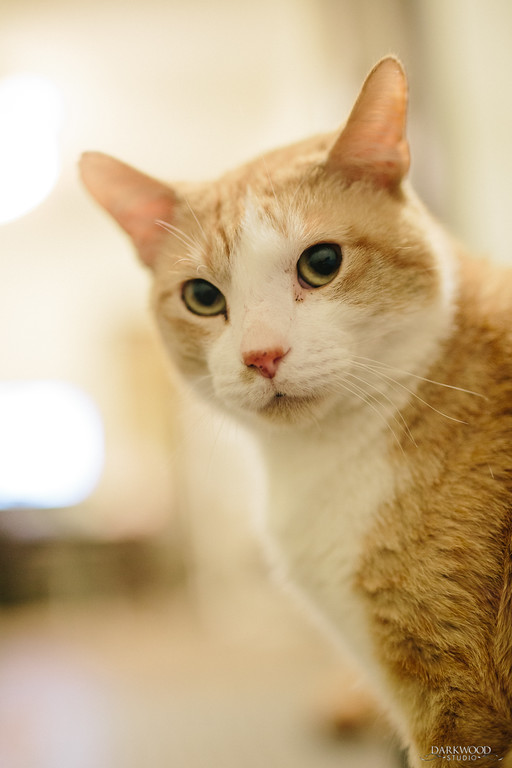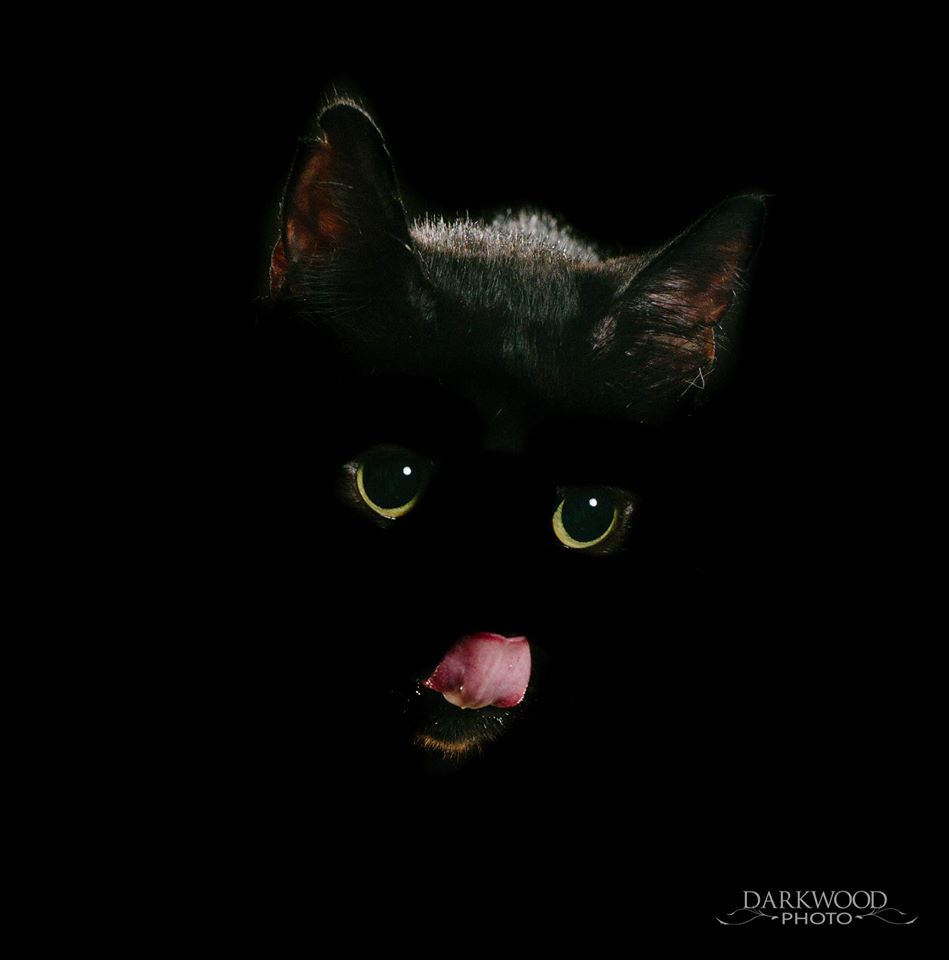Feline Leukemia Virus (FeLV)
Learning the facts
What is FeLV?
Feline Leukemia Virus (FeLV) is a contagious RNA retrovirus that can dramatically compromise a cat's immune system and cause secondary health problems, including early death. Because of this, it is crucial that any new cat entering a household be tested for the virus. (ASPCA). At Tenth Life, every cat is tested for this virus upon admission and prior to adoption.
 How is FeLV transmitted?
How is FeLV transmitted?
FeLV can be spread in bodily fluids such as saliva, nasal fluid, urine, feces, and blood. It can be contracted through bite wounds, mutual grooming, or (rarely) through shared litter boxes and food/water dishes. Kittens can also contract the virus in utero or through a mother's milk. Additionally, outdoor cats can contract the condition through fights or contact with cats who are FeLV-positive. The virus does not survive for very long once it has left a cat's body, however; typically less than a few hours under typical household conditions (Cornell).
How common is FeLV?
According to Cornell Feline Health Center, approximately 2-3% of cats in the United States are infected with Feline Leukemia Virus. Those percentages are higher (approximately 13%) for the very sick, very young, or those at high risk for infection.
How can I find out if my cat has FeLV?
A simple blood test through your veterinarian can determine if your cat is positive for Feline Leukemia Virus. Contact your veterinarian for more information.
Which cats are at the greatest risk for infection?
Kitties with the highest risk are those who are repeatedly exposed to already-infected cats. This can include cats living with FeLV-positive cats, cats allowed outdoors, and kittens born to infected mothers. Kittens are incredibly susceptible to the virus, but as they grow and mature, their ability to resist the virus grows with them.
What are some symptoms of the virus?
According to Cornell, at the earliest stage of infection, many cats exhibit no symptoms whatsoever. Over time, a cat may deteriorate and begin showing signs such as:
* Loss of appetite
* Slow, progressive weight loss
* Poor coat condition
* Enlarged lymph nodes (FeLV is the leading cause of cancer in cats)
* Prolonged fever
* Pale gums and other mucous membranes
* Inflammation of gums (gingivitis) and mouth (stomatitis)
* Skin, bladder, and upper respiratory infections
* Persistent diarrhea
* Seizures, behavior changes, and other neurological disorders
* A variety of eye conditions
* Reproductive failure in unspayed females

How can I prevent my cat from becoming infected?
Great question! The only fail-proof way to prevent your cat from contracting FeLV is not allowing him or her to be exposed to it.
* Keep your cat indoors. Not only will you prevent the contraction of Feline Leukemia Virus but also the exposure to parasites, other chronic conditions, and the many dangers outside holds like cars, dogs, and unkind humans.
* Be sure to bring only FeLV-negative cats into your home.
* If you do have FeLV-positive cats at home, house them completely separately from those who are negative for the virus. Do not allow them to share food/water dishes, litter boxes, or linens.
* Consider vaccinating your cats against FeLV.
Thanks to Cornell Feline Health Center and the ASPCA for the above paraphrased information.